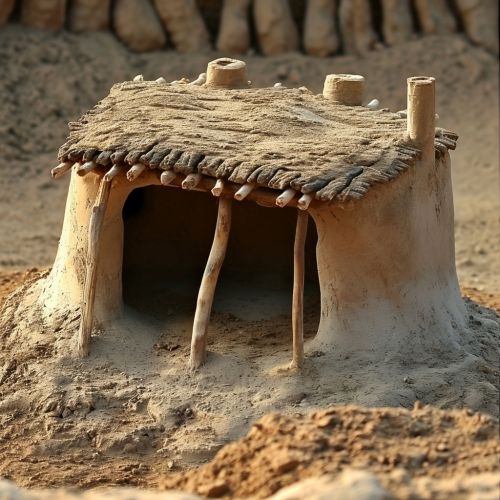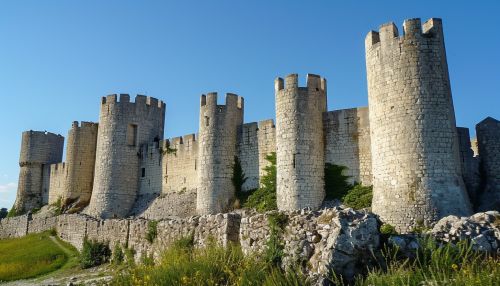Architecture of Romania
Origins and Early History
The architecture of Romania has a rich and diverse history, dating back to the Neolithic age. The earliest known structures are the Cucuteni-Trypillian culture houses, which were built around 5500 BC. These structures, made of clay and wood, are indicative of the early Romanian architectural style, which was heavily influenced by the natural environment and available resources.


The Dacians, an ancient people who inhabited the region of modern-day Romania before the Roman conquest in 106 AD, also left significant architectural traces. The most notable of these are the Dacian Fortresses of the Orăştie Mountains, which are now a UNESCO World Heritage site. These fortresses, built primarily for defensive purposes, showcase the advanced engineering skills of the Dacians.
Roman Influence
With the Roman conquest of Dacia, the architecture of Romania underwent significant changes. The Romans introduced new construction techniques and architectural styles, most notably the use of stone and brick, the arch, and the vault. The Roman influence is most evident in the ruins of Ulpia Traiana Sarmizegetusa, the capital of Roman Dacia, and the best-preserved Roman city in Romania.
Byzantine and Ottoman Influence
Following the fall of the Roman Empire, Romania came under the influence of the Byzantine Empire and later the Ottoman Empire. The Byzantine style, characterized by large domes and richly decorated interiors, can be seen in many Romanian Orthodox churches. The Ottoman influence, on the other hand, is most evident in the architecture of the southern region of Dobruja.
Medieval Architecture
The Middle Ages in Romania is characterized by the construction of fortified churches and castles. The most famous of these is the Bran Castle, often associated with the Dracula legend. These structures, built primarily for defense against Ottoman invasions, are unique in their combination of military and religious architecture.


Renaissance and Baroque Influence
The Renaissance and Baroque periods brought significant changes to Romanian architecture. Italian architects, such as Giovanni Battista Venetian and Giovanni Francesco Pressano, were invited to work in Romania and introduced new architectural styles. The most notable examples of this period are the Brâncovenesc style buildings, characterized by their intricate stone carvings and balanced proportions.
Modern and Contemporary Architecture
The 19th and 20th centuries saw the introduction of modern architectural styles in Romania. The influence of the French and Austrian architecture is evident in the neoclassical and Art Nouveau buildings in Bucharest. The Communist era, on the other hand, is characterized by large-scale utilitarian buildings and monumental architecture, such as the Palace of the Parliament, the second largest administrative building in the world.
Conclusion
The architecture of Romania is a testament to the country's rich history and cultural diversity. From the ancient Dacian fortresses to the modernist designs of the 20th century, each period has left its unique mark on the Romanian landscape.
